Gunjan Gupta’s Indian Tiny Megastore celebrates Indian culture and craft in Milan
During Milan Design Week 2024, Gunjan Gupta's Indian Tiny Megastore curated by Maria Cristina Didero brings Indian culture to the city

Garlands, green chillies and rangoli: a taste of India has landed in Milan with the ‘Indian Tiny Megastore’ in 5vie district for Milan Design Week 2024. 'I wanted to share India’s story, forms and materiality with a 21st century vision in a more accessible way for a wider audience,' says Gunjan Gupta, founder of contemporary design platform Ikkis and designer of the installation. The multisensory experience sees a tablescape surrounded by 21 (Ikkis translates to this number) design moments set up like an Indian supermarket.
Indian Tiny Megastore in 5 Vie
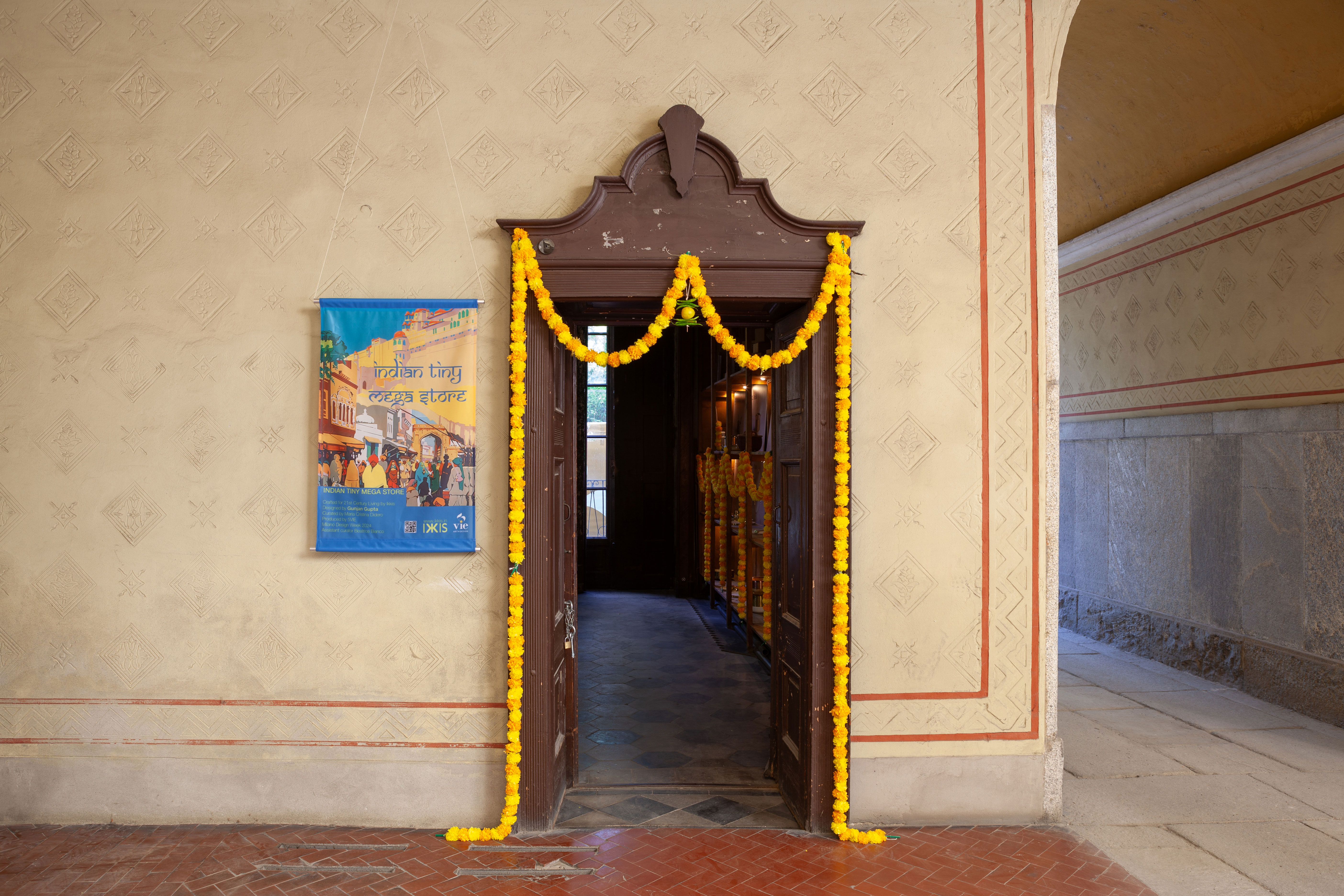
Getting an immersion in Indian culture is at the heart of Gupta’s concept: 'India is starting to see itself – overcoming its colonial hangover. India is a vast country with multiple crafts and industrial facilities that I had the opportunity to discover and interact with over the course of my career in collectible design spanning two decades.'
The contemporary wares of Ikkis, including vessels made of terracotta-coated copper, are surrounded by cultural motifs and offerings, from coconuts to flowers, mangoes to diyas. 'It’s important to me that people leave the exhibition with a renewed sense of India leaving behind the common stereotypes associated with the country,' Gupta explains.
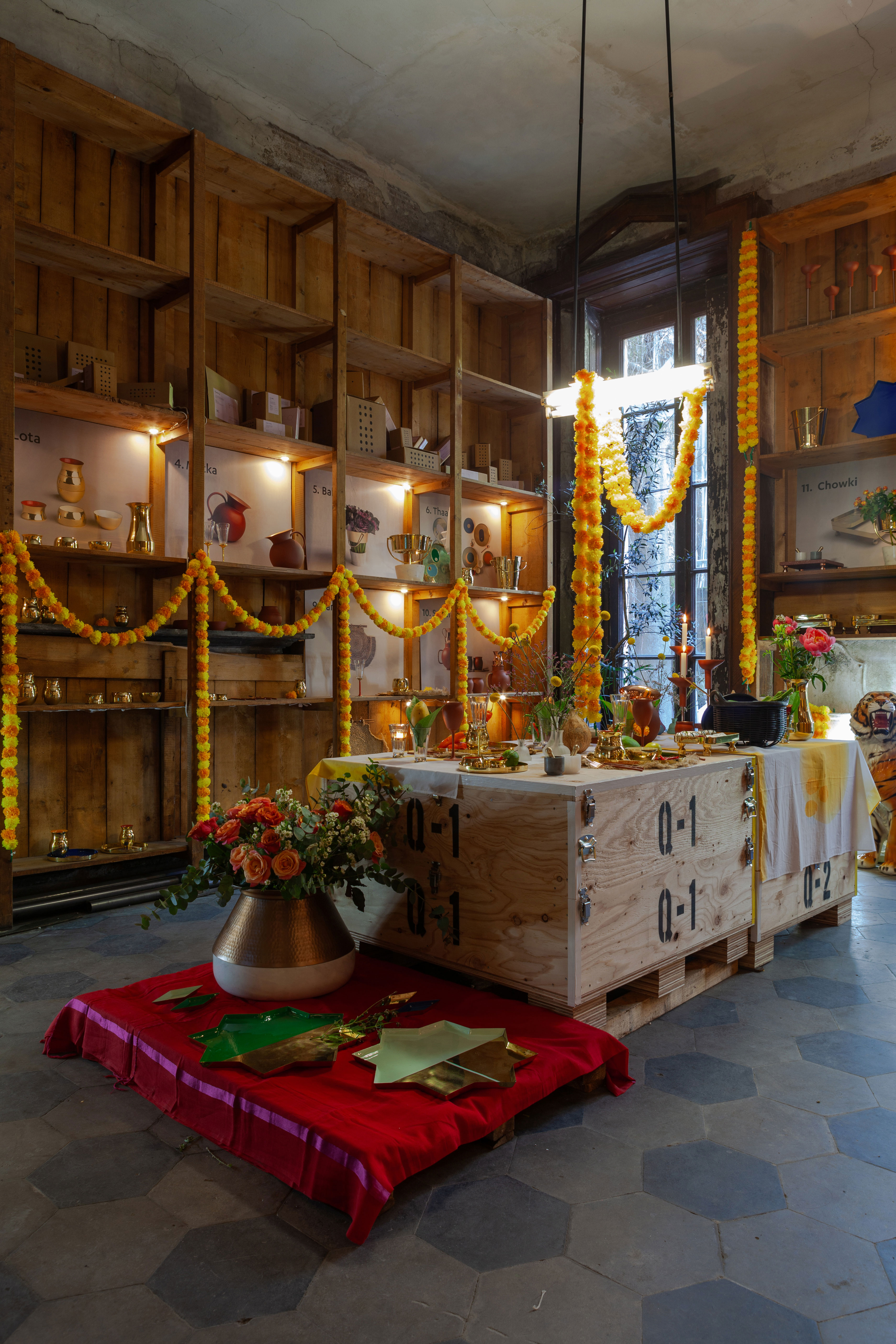
The essence of India is further explored in the installation's ‘supermarket’ backdrop. ‘“Kirana“ shops are tiny shops selling groceries and sundries in India – it’s a specific kind of atmosphere that sells the emotion of meeting your every need.' Gupta wanted visitors to feel the joy of India through its smells and vibrant spectrum of colours spanning orange, yellow, greens and pinks, representing 'the glorification of organised chaos' that is a core element of the shopping experience in India. Seeing this within the landscape of The House of Devil in the centre of Milan ushers in synergies with the bustle and rich culture of Milan Design Week itself.
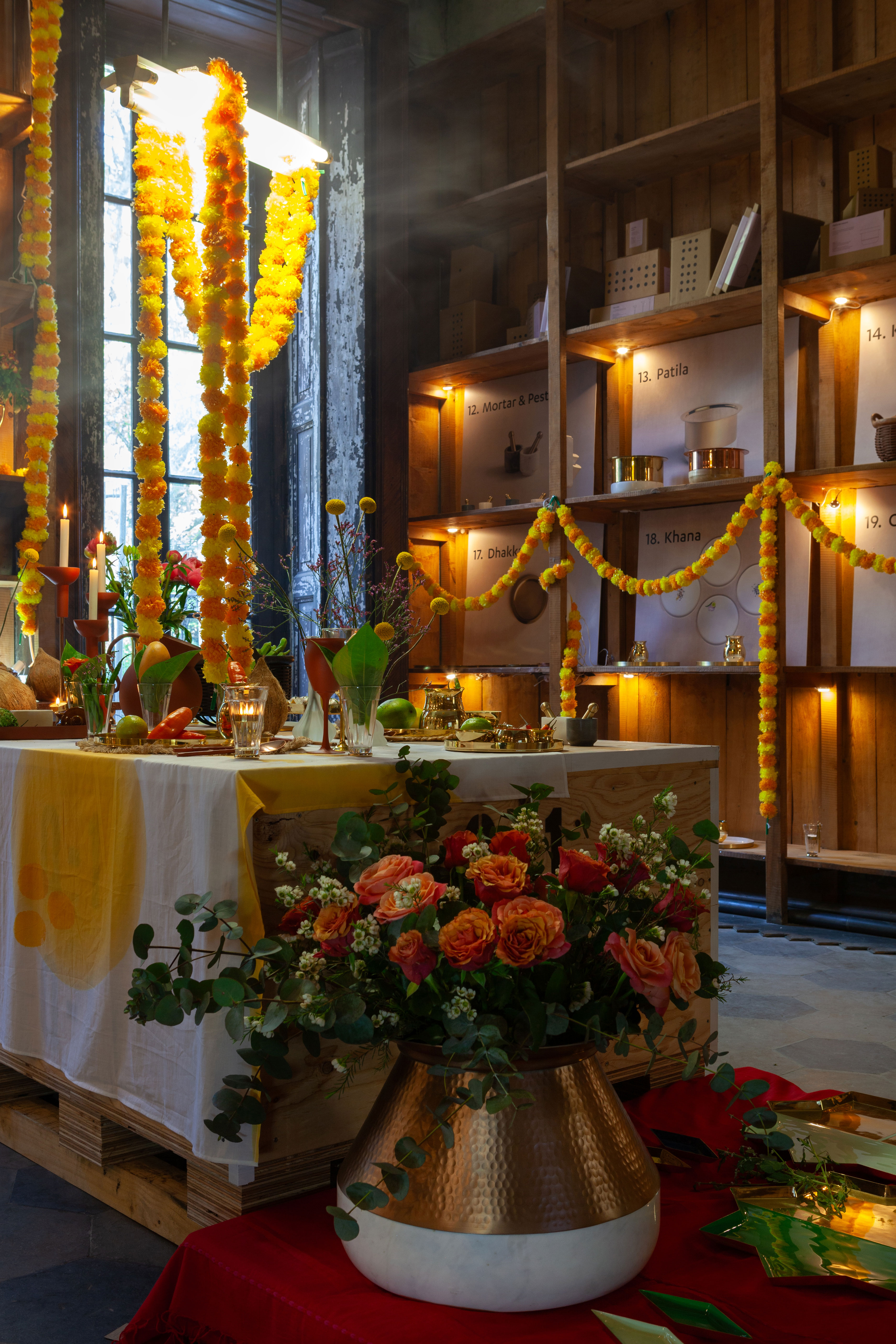
'This initiative represents a form of democratisation in Gunjan Gupta’s design philosophy, making these objects crafted with a touch of love accessible to everyone,' says Maria Cristina Didero, the curator of the project.
All the pieces are also up for sale, including a new collection inspired by Milan and Ettore Sottsass, an array of glasses, cups and plates. Aside from giving the design week audience access to Indian culture, Gupta sees this as a moment for Indian design’s image. 'The one thing that I think has changed immensely is the repositioning of the “made in India” brand by Indian designers,' she says. 'Objects are being produced to the highest quality as per international standards and the uniqueness of Indian craft is being showcased in amazing ways.'
Indian Tiny Megastore by Gunjan Gupta is on view until 21 April as part of Milan Design Week
Wallpaper* Newsletter
Receive our daily digest of inspiration, escapism and design stories from around the world direct to your inbox.
Via Cesare Correnti 14
Milan

Sujata Burman is a writer and editor based in London, specialising in design and culture. She was Digital Design Editor at Wallpaper* before moving to her current role of Head of Content at London Design Festival and London Design Biennale where she is expanding the content offering of the showcases. Over the past decade, Sujata has written for global design and culture publications, and has been a speaker, moderator and judge for institutions and brands including RIBA, D&AD, Design Museum and Design Miami/. In 2019, she co-authored her first book, An Opinionated Guide to London Architecture, published by Hoxton Mini Press, which was driven by her aim to make the fields of design and architecture accessible to wider audiences.
-
 Put these emerging artists on your radar
Put these emerging artists on your radarThis crop of six new talents is poised to shake up the art world. Get to know them now
By Tianna Williams
-
 Dining at Pyrá feels like a Mediterranean kiss on both cheeks
Dining at Pyrá feels like a Mediterranean kiss on both cheeksDesigned by House of Dré, this Lonsdale Road addition dishes up an enticing fusion of Greek and Spanish cooking
By Sofia de la Cruz
-
 Creased, crumpled: S/S 2025 menswear is about clothes that have ‘lived a life’
Creased, crumpled: S/S 2025 menswear is about clothes that have ‘lived a life’The S/S 2025 menswear collections see designers embrace the creased and the crumpled, conjuring a mood of laidback languor that ran through the season – captured here by photographer Steve Harnacke and stylist Nicola Neri for Wallpaper*
By Jack Moss
-
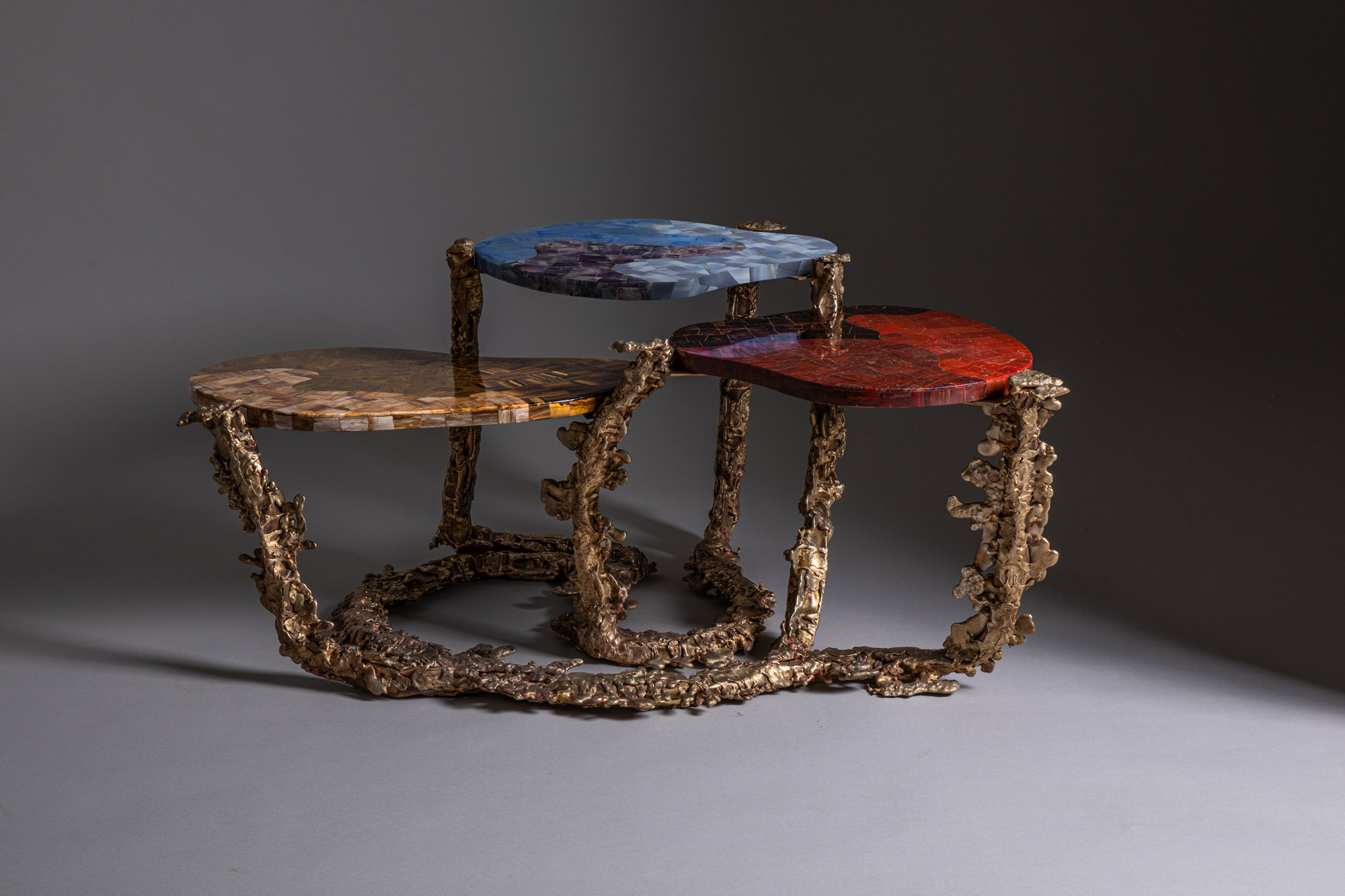 Inside the Shakti Design Residency, taking Indian craftsmanship to Alcova 2025
Inside the Shakti Design Residency, taking Indian craftsmanship to Alcova 2025The new initiative pairs emerging talents with some of India’s most prestigious ateliers, resulting in intricately crafted designs, as seen at Alcova 2025 in Milan
By Henrietta Thompson
-
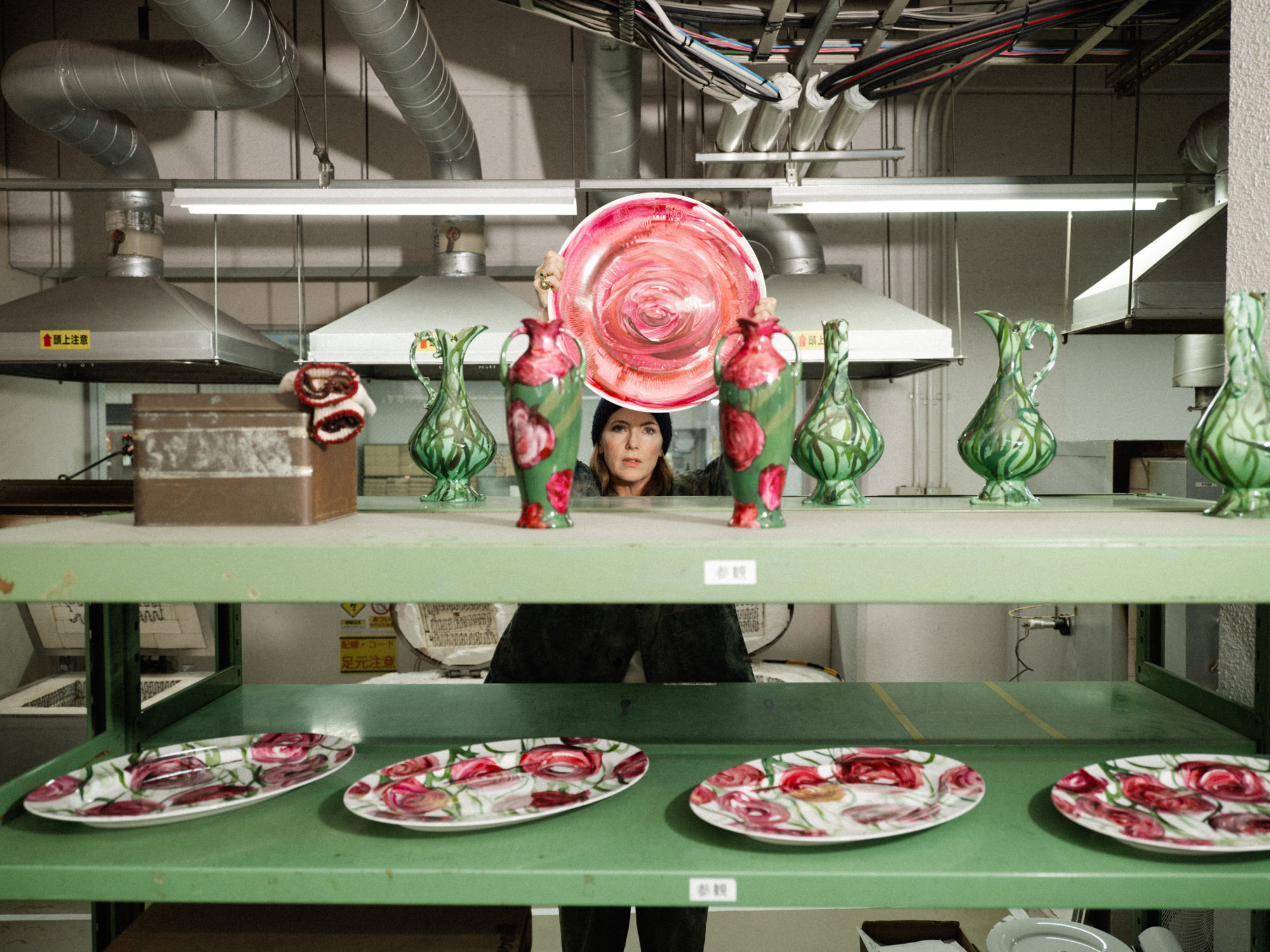 Faye Toogood comes up roses at Milan Design Week 2025
Faye Toogood comes up roses at Milan Design Week 2025Japanese ceramics specialist Noritake’s design collection blossoms with a bold floral series by Faye Toogood
By Danielle Demetriou
-
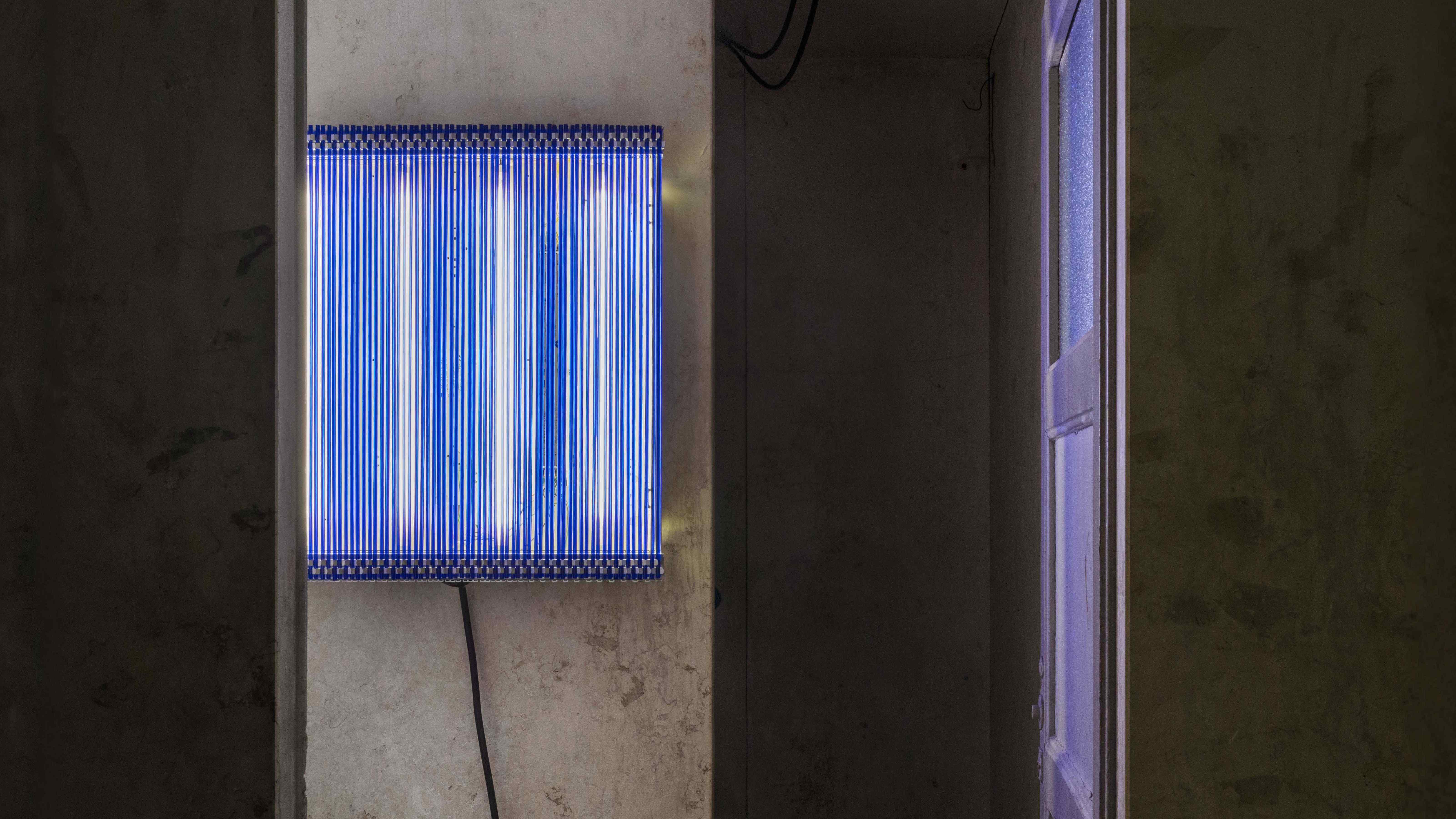 6:AM create a spellbinding Murano glass showcase in Milan’s abandoned public shower stalls
6:AM create a spellbinding Murano glass showcase in Milan’s abandoned public shower stallsWith its first solo exhibition, ‘Two-Fold Silence’, 6:AM unveils an enchanting Murano glass installation beneath Piscina Cozzi
By Ali Morris
-
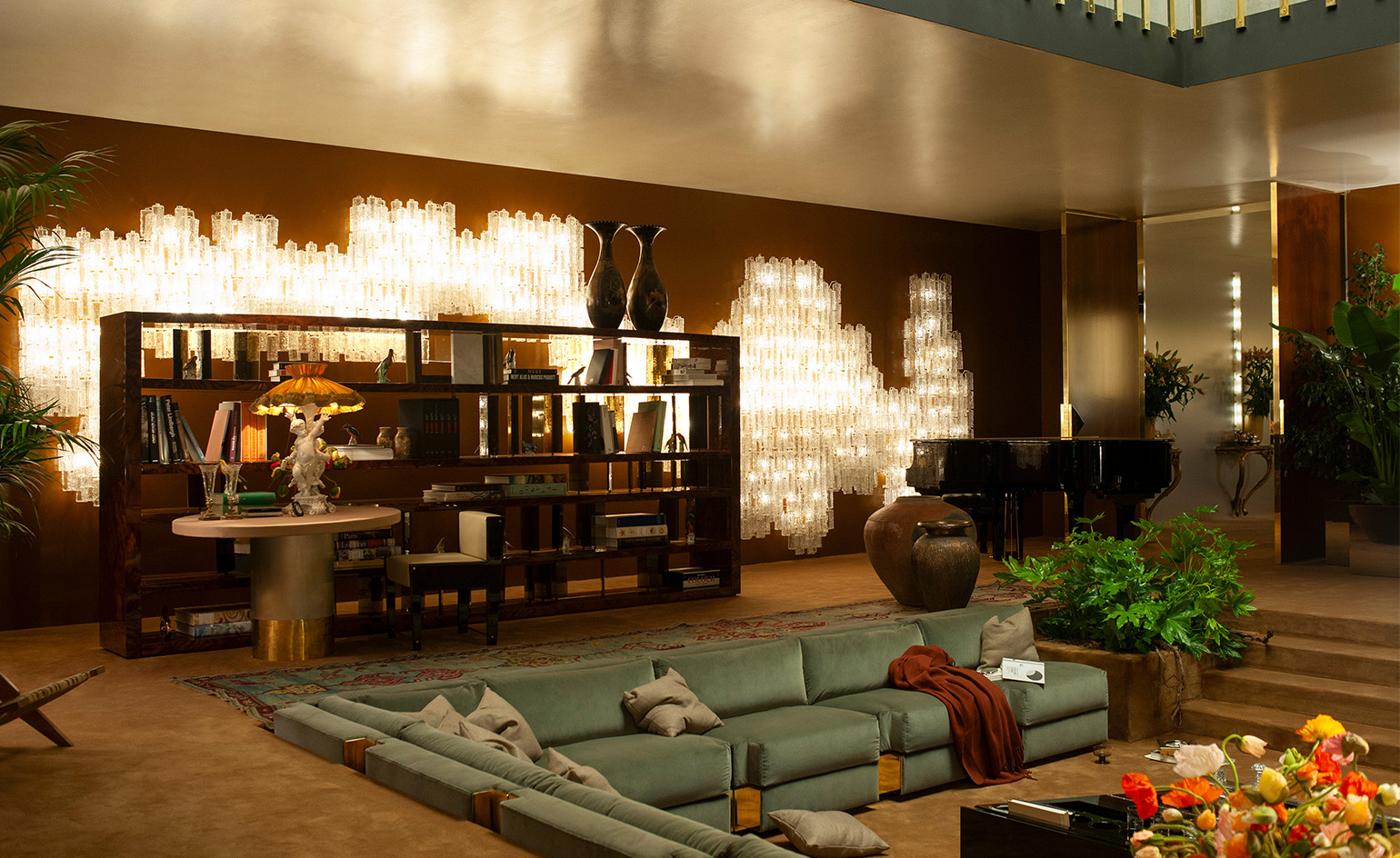 Dimoremilano and Loro Piana channel 1970s cinema in decadent Milan display
Dimoremilano and Loro Piana channel 1970s cinema in decadent Milan displayAt Milan Design Week 2025, Dimorestudio has directed and staged an immersive, film-inspired installation to present new furniture and decor for Loro Piana
By Dan Howarth
-
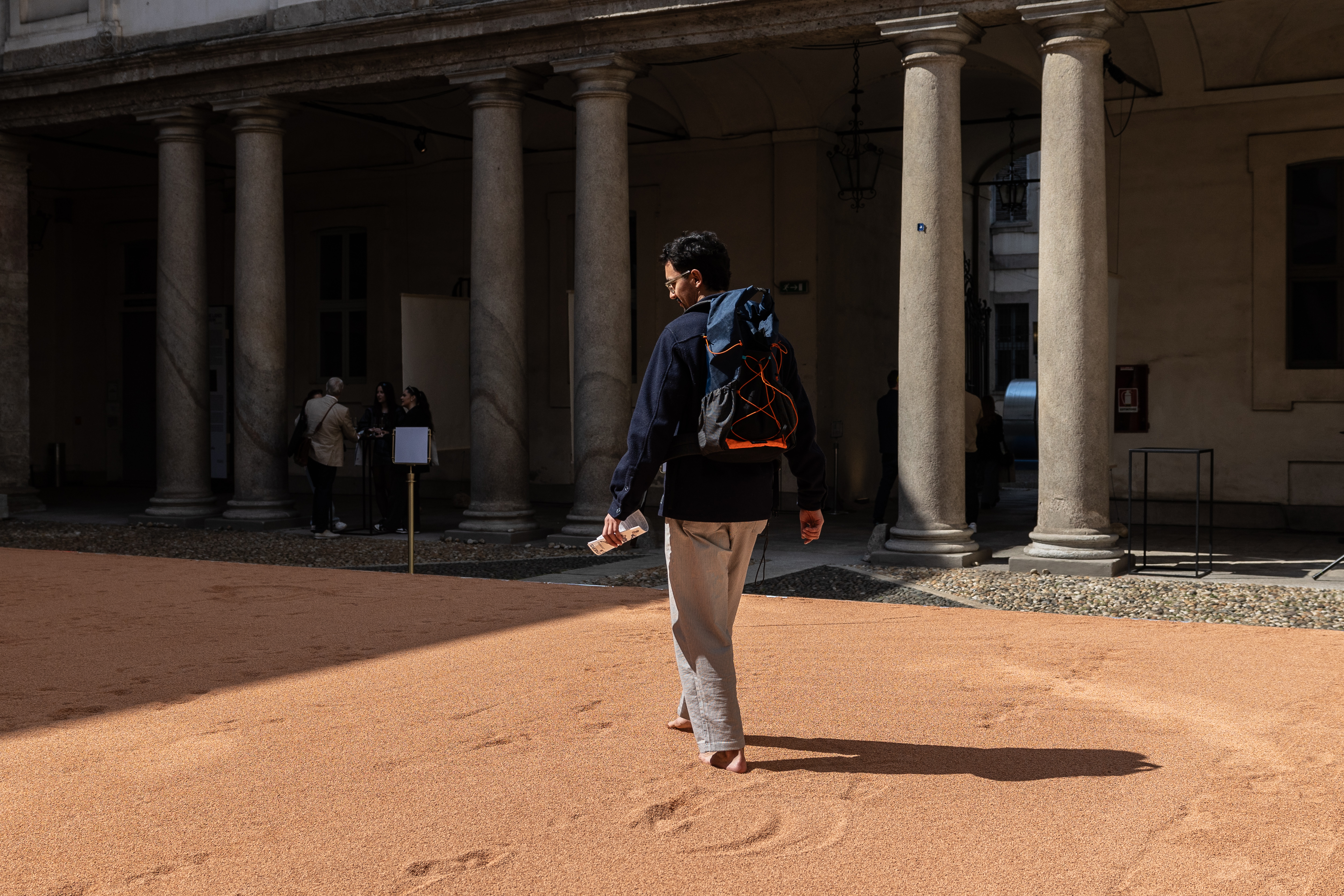 In Milan, MoscaPartners presents a poetic exploration of ‘migration’
In Milan, MoscaPartners presents a poetic exploration of ‘migration’Alongside immersive work by Byoung Cho, MoscaPartners’ Milan Design Week 2025 display features an accessible exhibition path designed for visually impaired visitors
By Cristina Kiran Piotti
-
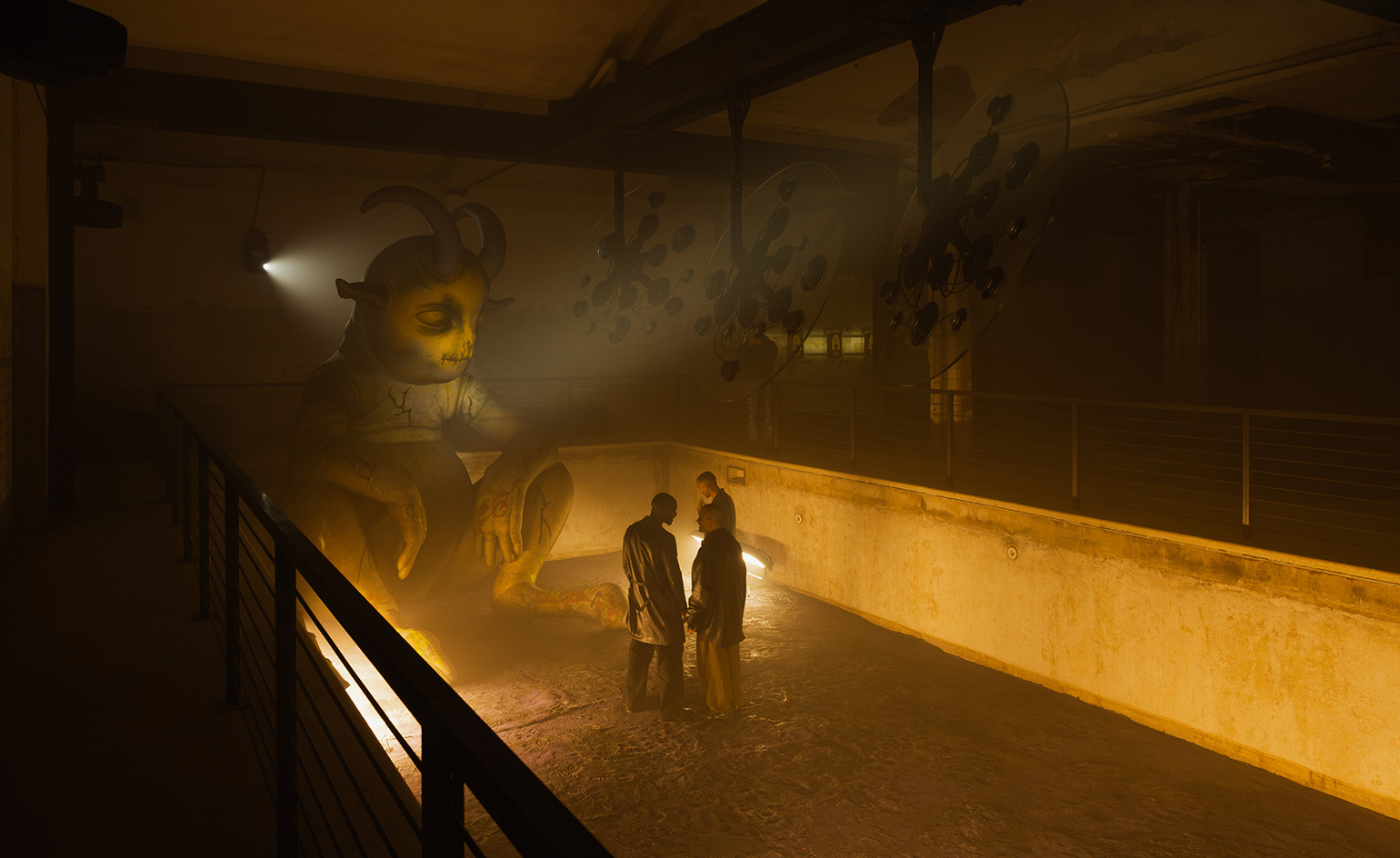 The making of PAN and Nike’s euphoric, club-inspired collaboration at Milan Design Week
The making of PAN and Nike’s euphoric, club-inspired collaboration at Milan Design WeekAlongside a new Air Max 180 release, ‘The Suspended Hour’ display sees Berlin record label PAN imagine the unfolding of a club night, from dusk until dawn
By Craig McLean
-
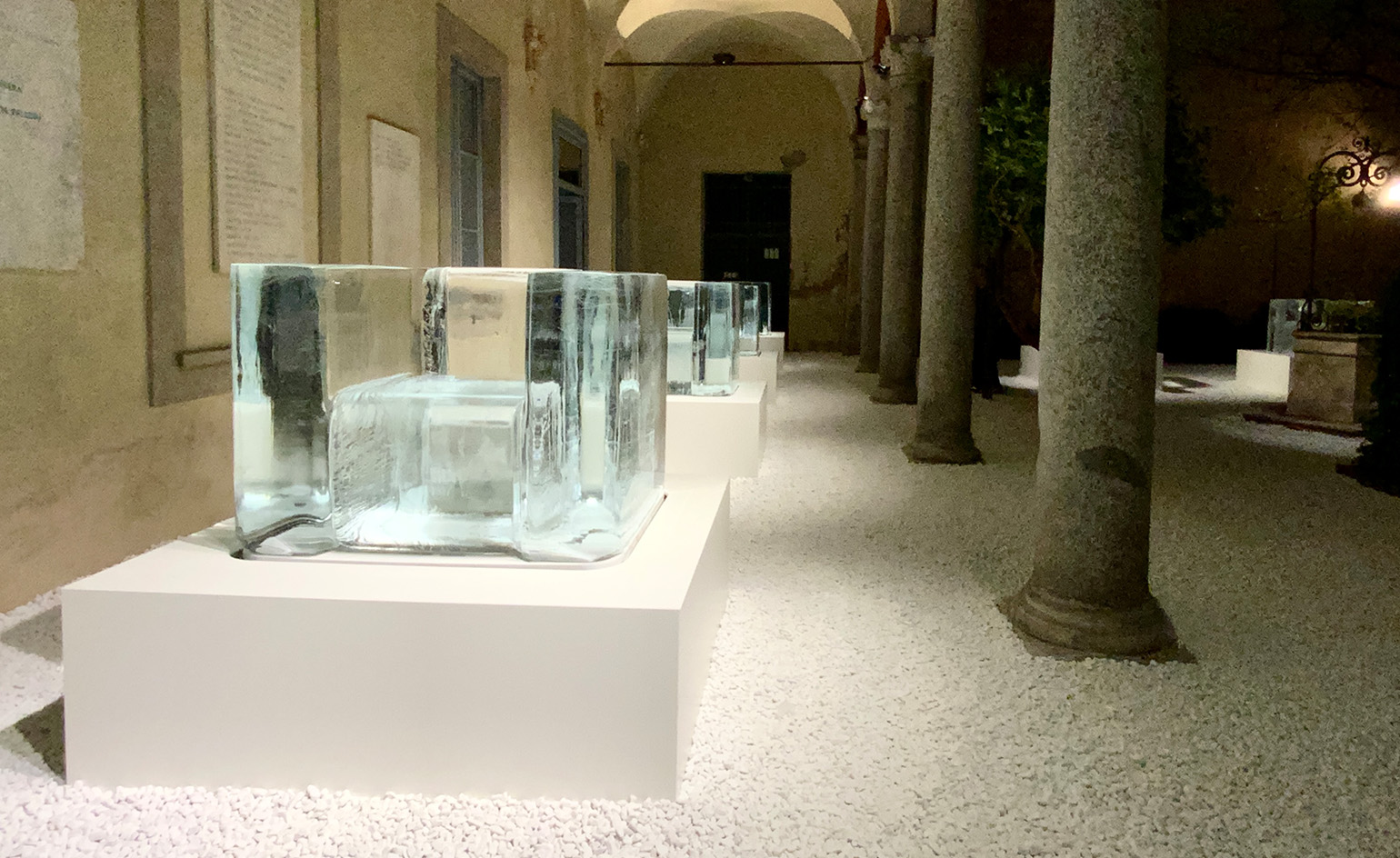 Tokujin Yoshioka’s ephemeral ice furniture is made to melt in Milan
Tokujin Yoshioka’s ephemeral ice furniture is made to melt in MilanTransparent chairs of frozen water slowly disappear during Milan Design Week 2025, in an expression of light by Japanese artist Tokujin Yoshioka
By Danielle Demetriou
-
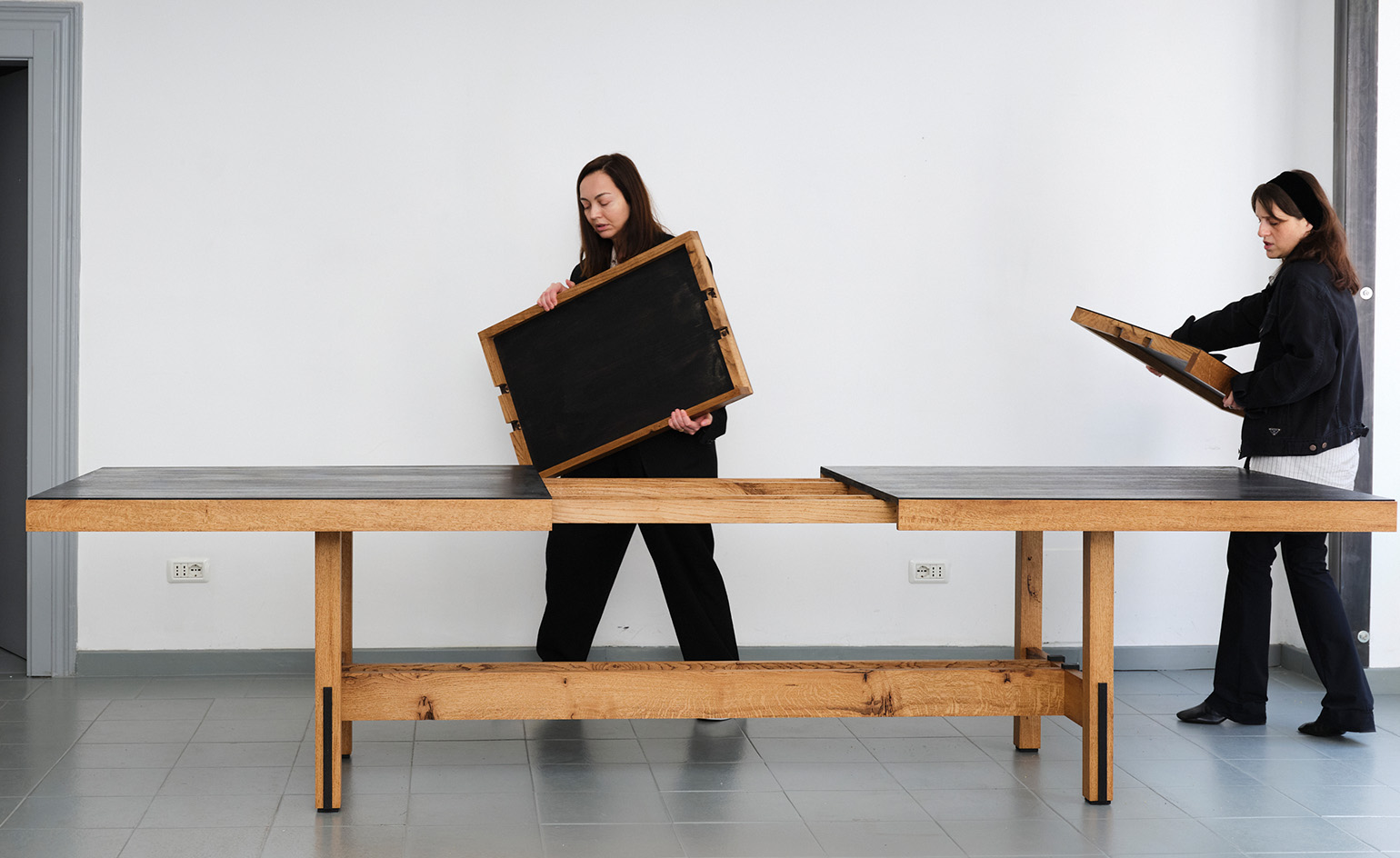 In Milan, Rooms Studio examines Georgia’s shifting social landscape
In Milan, Rooms Studio examines Georgia’s shifting social landscapeExpandable tables that reference recent government protests and lamps held together with ‘chewing gum’ feature in the Tbilisi-based studio’s Milan Design Week 2025 installation
By Dan Howarth